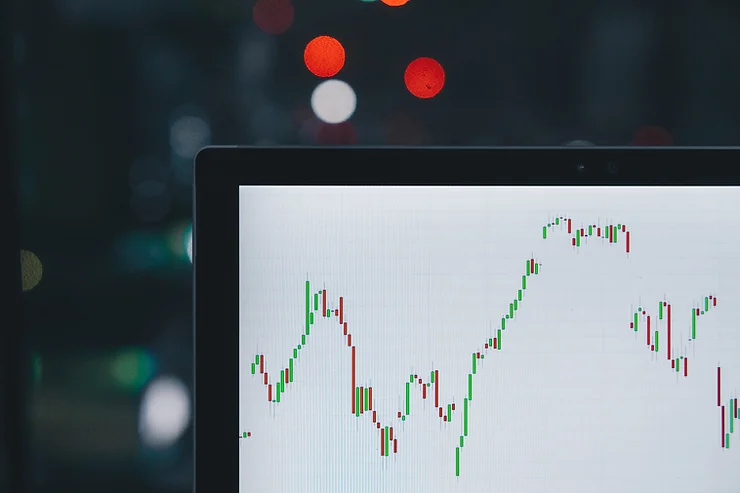
- October 15, 2024
1. Introduction
Business analytics is the process through which companies analyze historical data using statistical methods and technologies in order to obtain new insights and improve strategic decision-making.
Business analytics is a data management solution and a subset of business intelligence that involves using methodologies like data mining, predictive analytics, and statistical analysis to analyze and transform data into useful information, identify and predict trends and outcomes, and make better, data-driven business decisions.
2. Different types of business analytics
During the many stages of business analytics, a large volume of data is processed. There are 4 types of analytics, depending on the stage of the workflow and the need for data analysis: descriptive, diagnostic, predictive, and prescriptive.
These 4 types of business analytics cover everything a business needs to know, from what’s going on in the company to what solutions should be implemented to improve operations.
3. Descriptive Analytics
This might be referred to as the most basic type of analytics. Because big data’s enormous bulk is beyond human comprehension, the initial stage entails breaking it down into manageable parts. The goal of this form of analytics is to summarize the data and figure out what’s going on.
What is known as advanced analytics or business intelligence is the application of descriptive statistics (arithmetic operations, mean, median, max, percentage, and so on) to existing data.
According to some estimates, 80% of business analytics consists of descriptions based on prior performance aggregations. Making raw data understandable to investors, shareholders, and management is a critical step. This makes it simple to identify and address areas of strength and weakness, which can aid in strategy development.
4. Diagnostic Analytics
Diagnostic analytics is a type of data analysis that is used to figure out why something happened in the past. Drill-down, data discovery, data mining, and correlations are some of the approaches used. Diagnostic analytics entails delving deeper into data to determine the fundamental causes of events. It’s useful for figuring out what causes and events influenced the outcome.
For the analysis, it largely uses probabilities, likelihoods, and the distribution of outcomes. Attribute importance, principal components analysis, sensitivity analysis, and conjoint analysis are a few diagnostic analytics methodologies. This form of analytics also includes training algorithms for classification and regression.
5. Predictive Analytics
Predictive analytics, as previously stated, is used to forecast future outcomes. It is crucial to note, however, that it cannot predict whether or not an event will occur in the future; rather, it forecasts the probability of the event occurring. To determine the likelihood of outcomes, a predictive model builds on the basic descriptive analytics stage.
The essence of predictive analytics is to create models that can use existing data to extrapolate or anticipate future events. Sentiment analysis is one of the most common uses of predictive analytics, in which all comments expressed on social media are collected and analyzed (existing text data) to predict a person’s sentiment on a specific subject as positive, negative, or neutral (future prediction).
6. Prescriptive Analytics
Predictive analytics is the foundation of this analytics, but it goes beyond the three examples above to suggest future remedies. It can offer all positive outcomes based on a specific path of action, as well as multiple courses of action to get a specific conclusion. As a result, it employs a robust feedback system that continuously learns and adjusts the relationship between action and result.
Some functions linked to the desired output are optimized during the computations. When you order a cab online, for example, the app uses GPS to match you with the most appropriate driver from a pool of nearby drivers. As a result, the distance is optimized for a speedier arrival time. Prescriptive analytics is also used by recommendation engines.
7. Conclusion
The 4 techniques in business analytics mentioned above may make you think that these need to be implemented sequentially. In most cases, companies can, however, jump directly to prescriptive analytics. Today most companies are aware of or are already implementing descriptive analytics. However, one must employ prescriptive analytics to reach the desired outcome if one has identified the key area that is required to be optimized and worked upon.
Research shows that prescriptive analytics is still at the budding stage and very few companies have completely used its power. But, the advancements in predictive analytics will certainly make the road to development. Hope this blog gave you a better understanding of business analytics and its types.



